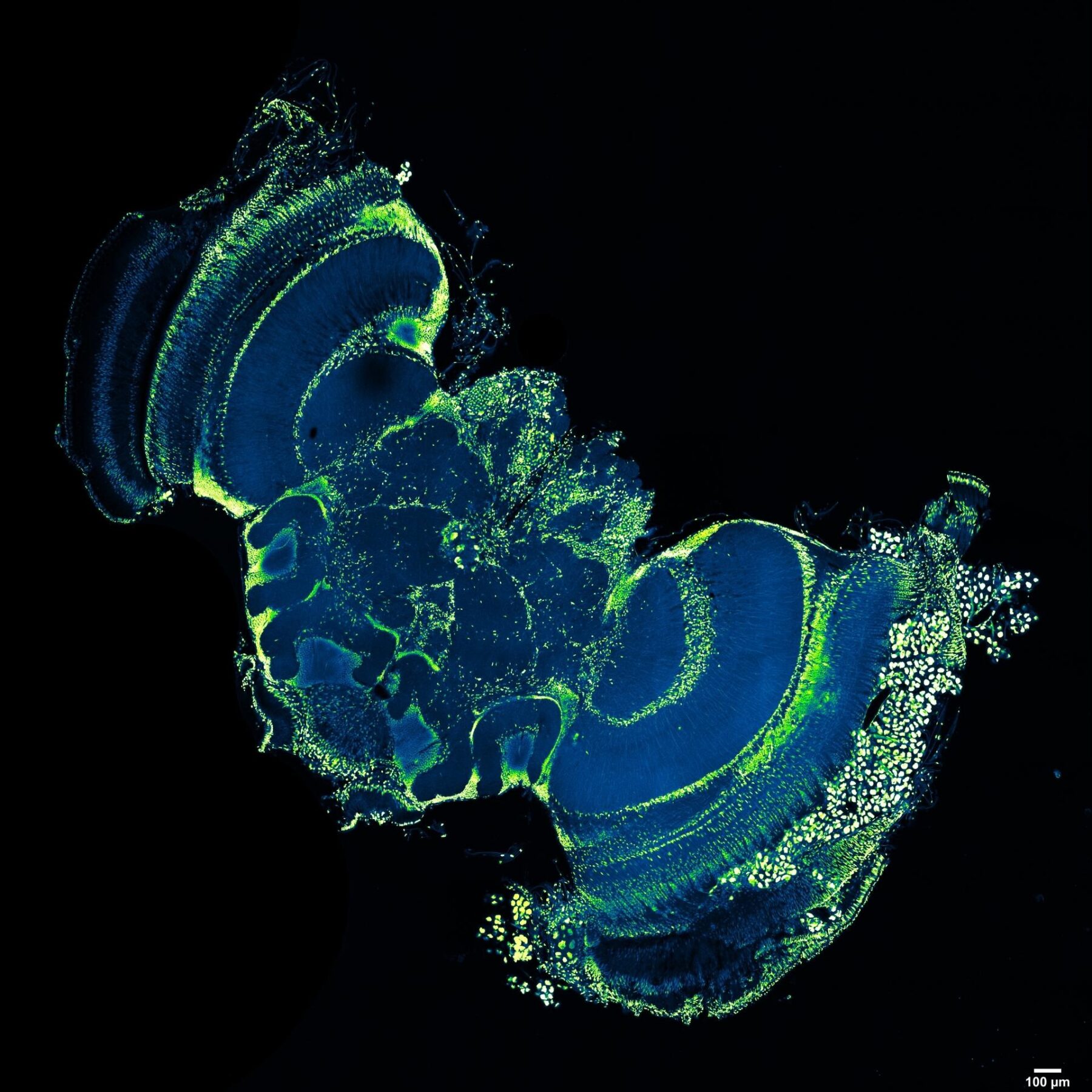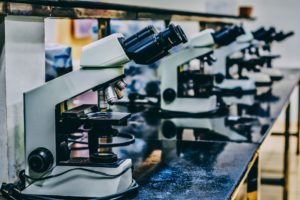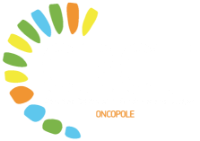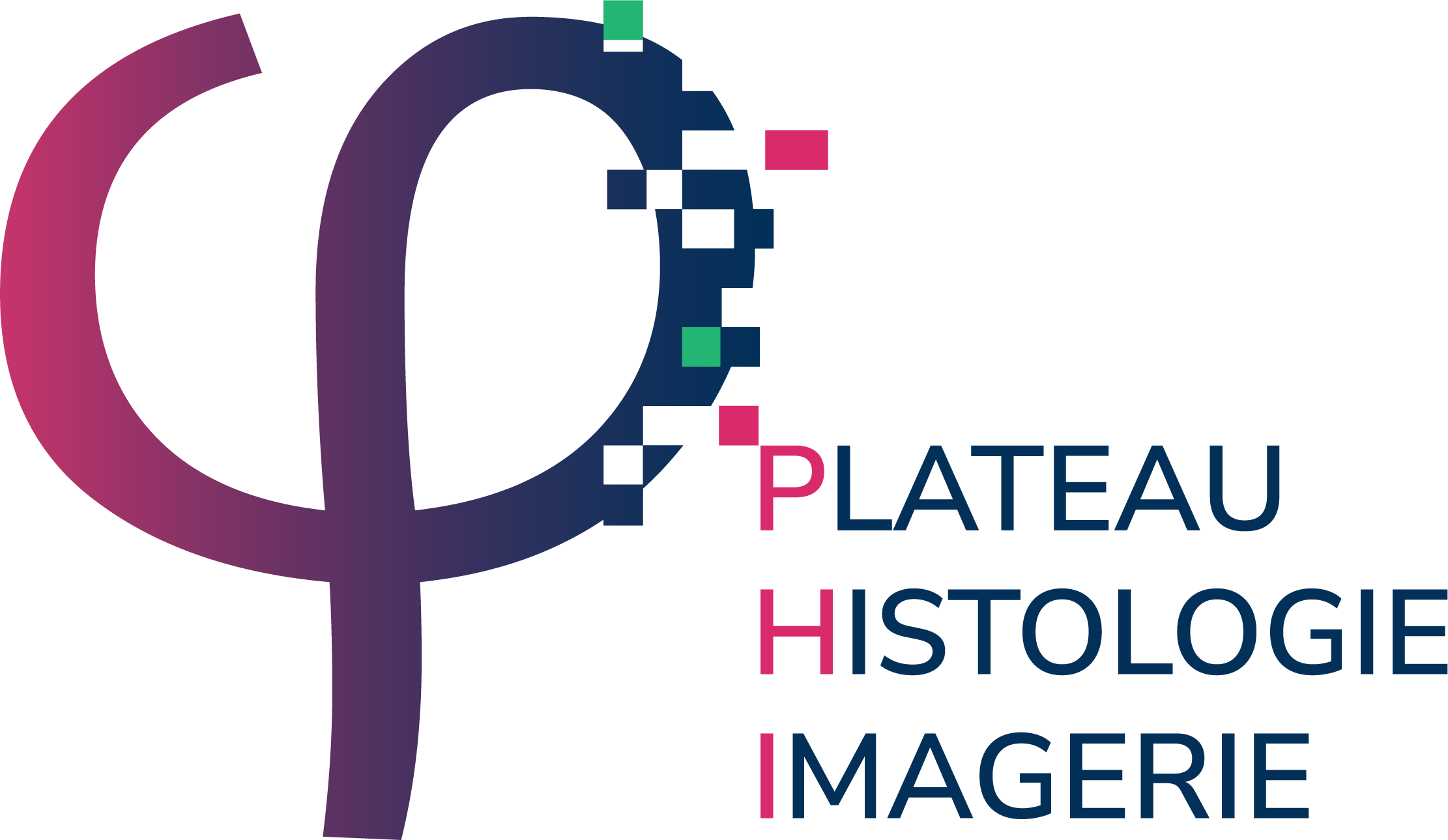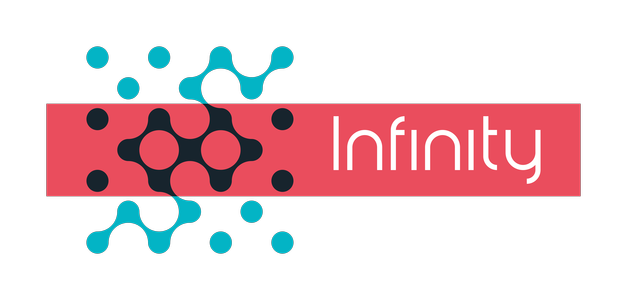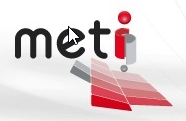The Toulouse node is composed of a large nationally recognized multi-site core facility: Toulouse Reseau Imagerie. Distributed on Toulouse greater area, the facility is divided between medical science, fondamental science, cancer and rejuvenation, and agro-bio science. Moreover, eight R&D teams complete the node and supports the facility (from LAAS, CBI, IPBS, IRSD and IMT).
The Toulouse node aims to maintain the level of scientific excellence in response to the needs of users and the concerns of host laboratories. Four scientific axes are conducted: mechano-biology, molecules and single cells, whole organisms, image processing and quantitative data analysis. The mission of the node is also to develop original devices to explore biophysical properties in living samples, to work at the interface between machine and sample and to develop artificial intelligence applied to bioimaging.
2022 in numbers
- 619 projects hosted
- 77 publications
- 18 training programs
- 5 patents since 2011
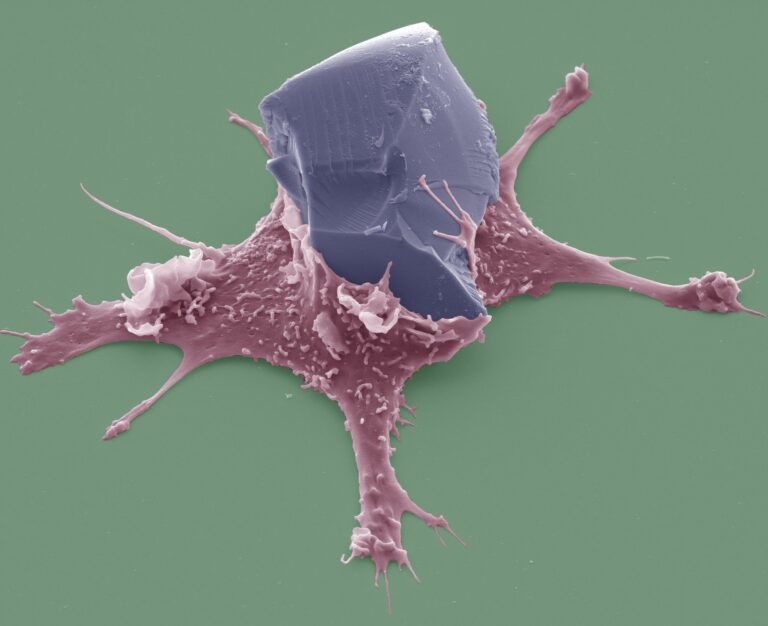
Technological Innovations
- Random illumination microscopy (RIM)
- Protrusion Force Microscopy
- Anchor technology
- Microfabrication for organoids
- SPIM & macroSPIM
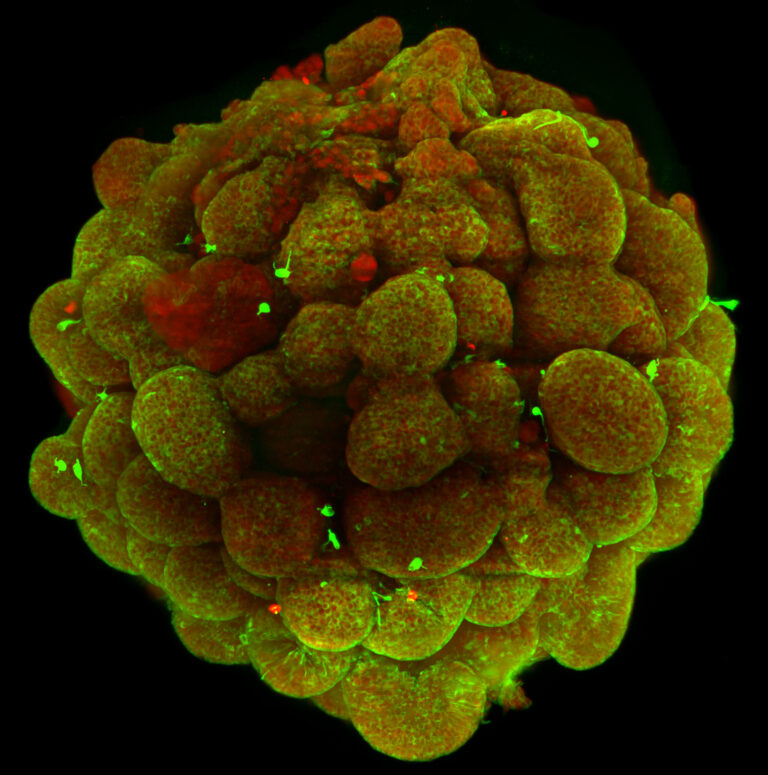
Most innovative systems available for booking
- Raman CARS/SRS
- Cryo TEM & SEM
- Spectral flow cytometry
- Image analysis service
- Multiphotons et spinning disk at Biosafety Level3
Tech transfer
- Random illumination microscopy (transfert to a startup in project)
- TauFLIM software (Photonlines)
- Cryomethods in electron transmission microscopy
- Light sheet microscopy (SPIM, macroSPIM)
Toulouse Reseau Imagerie (TRI)

Facility: Toulouse Reseau Imagerie (TRI)
Head: Olivier GADAL
Toulouse Réseau imagerie (TRI) platform is a large multisite platform, federates all shared imaging resources in biology lab in Toulouse Area. TRI offers, through 4 fields of expertise which are photonic microscopy, electron microscopy, cytometry-cell sorting and image processing and analysis, the visualization of biological functions, from the nanometric scale to the whole organism.
The missions of the platform are threefold:
1- To provide researchers expertise and cutting edge technology in the field of :
• Mecano-biology
• Molecular and single cell characterization
• Whole organism, including intra-vital imaging
• Image analysis, signal treatment and modelisation
2- To constitute a framework for reflexion and exchanges in this very rapidly evolving field.
3- To contribute to the formation of researchers in all methods related to microscopy.
TRI platform is ISO9001-NFX50-900 certified and IBiSA facility labeled.
Microscopy systems available @TRI
Services on this Facility
CRCT – Tri-Genotoul
CMEAB – Tri-Genotoul
FRAIB – Tri-Genotoul
INFINITy – Tri-Genotoul
IPBS – Tri-Genotoul
irsd – Tri-Genotoul
LICT (CBI) – Tri-Genotoul
METi – Tri-Genotoul
RESTORE – Tri-Genotoul
Engineering for Life Sciences and Applications (ELiA) team – LAAS

R&D team: Engineering for Life Sciences and Applications (ELiA) team – LAAS
Head: Laurent MALAQUIN
3D printing and 3D Bioprinting applied to biodetection.
Development of 3D microenvironment as models for cell culture and cancer study.
Topics: Microenvironement for cell culture, tissue engineering, cancer diagnosis, microphysiological systems.
Skills: Microfluidics, 3D printing, Bioprinting, Self assembly, Biopatterning
Micro-Nanofluidics for Life and Environmental Sciences (MILE) team – LAAS

R&D team: Micro-Nanofluidics for Life and Environmental Sciences (MILE) team – LAAS
Head: Pierre JOSEPH
Development of microfluidic confining culture chambers, in order to study the impact of spatial confinement. Adapted to mechano-biology and allowing well-defined microenvironment.
Chromatin and gene expression team – MCD-CBI
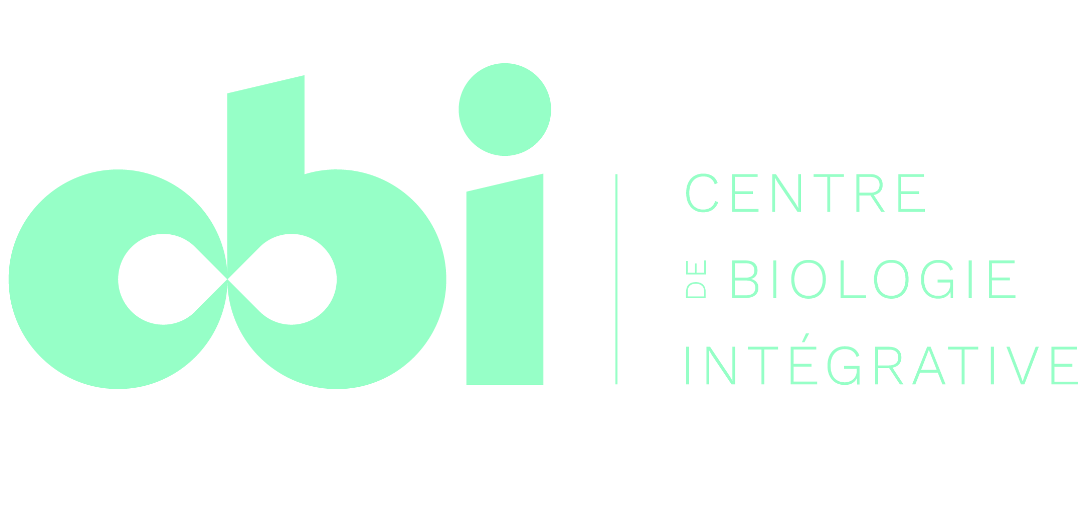
R&D team: Chromatin and gene expression team – MCD-CBI
Head: Kerstin BYSTRICKY
The team develops original systems to fluorescently label and track DNA (ANCHOR technology – NeoVirtech SAS) in real time at nanoscale resolution to understand physical principles underlying regulation of gene expression and DNA repair, in cellular plasticity and tumorigenesis.
Phagocyte architecture and dynamics team – IPBS

R&D team: Phagocyte architecture and dynamics team – IPBS
Head: Christel VEROLLET & Renaud POINCLOUX
Expertise of the team: Combination of cuttin-edge techniques in optical and electron imaging, material science, cell mechanics and intra-vital imaging to elucidate how phagocytes, in particular macrophages and osteoclasts, interact with the extracellular matrix, to decipher the mechanisms of macrophage 3D migration.
Ribosome Synthesis and Rare Diseases team – MCD-CBI

R&D team: Ribosome Synthesis and Rare Diseases team – MCD-CBI
Head: Pierre-Emmanuel GLEIZES
3D-electron microscopy approaches and correlative microscopies at different scales, from single molecules to tissues. Strong expertise in molecular imaging by cryo-EM and single particle analysis
Gut protease signals team – IRSD

R&D team: Gut protease signals team – IRSD
Head: Nathalie VERGNOLLE
Expertise in 3D imaging of live and fixed organoids. Drug screening tests using morphological characterization of organoid cultures as readouts. Organization of an open platform for Organoid development.
Super-resolution imaging team – LITC
MAthématiques pour l’iMagerie BiOlogique (MAMBO) – MCD-CBI
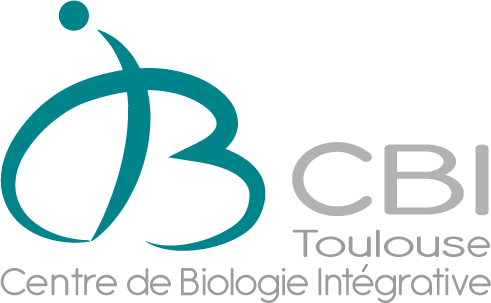
R&D team: MAthématiques pour l’iMagerie BiOlogique (MAMBO) – MCD-CBI
Head: Pierre Weiss
The MAMBO team (MAthématiques pour l’iMagerie BiOlogique) is specialized in mathematics (optimization, learning, approximation, inverse problems) and in imaging (reconstruction and analysis). It has 2 main objectives: – Participate in the improvement of microscopy techniques (e.g. RIM, TIRF, SMLM, …) by refining their mathematical modeling and by building efficient reconstruction algorithms. – Participate in the analysis of the resulting images by developing (or using) tools to improve the quality of segmentation or classification in large volumes of data. In particular, it develops new artificial intelligence models to achieve its goals.
Key publications
|
|
|
|
|
